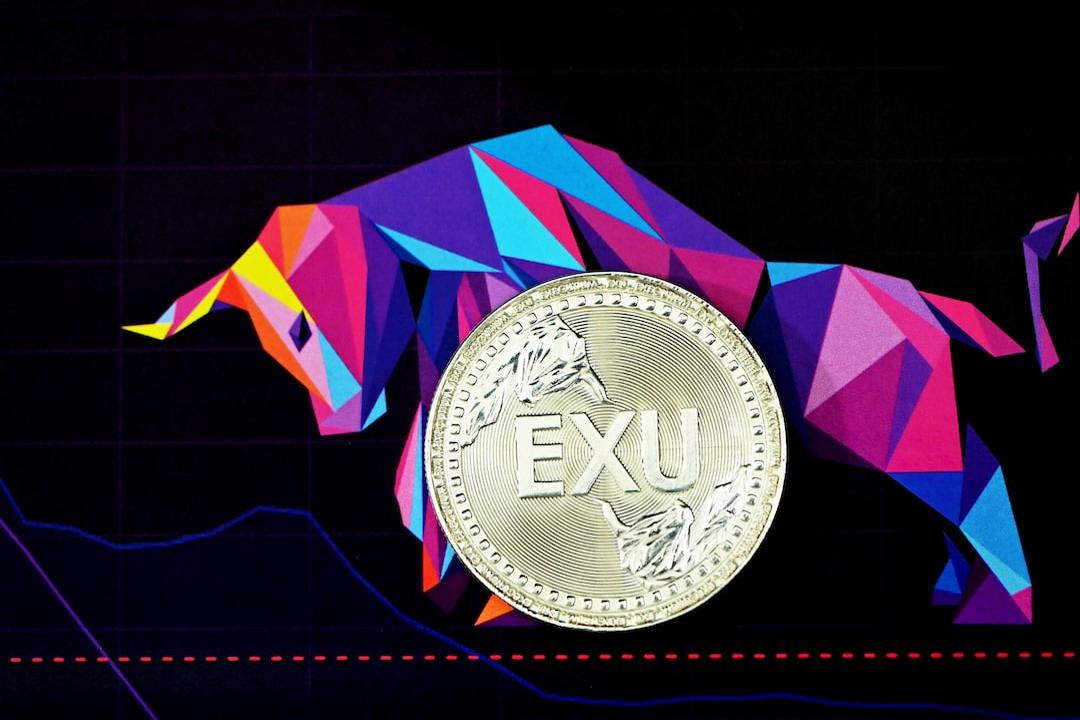Fed 3 March Meeting Minutes Warn of Risks from High Inflation and Low Growth, Downgrading Rate Cut Expectations to Two Times.
(Background: Federal Reserve Officials: Fed Will Not Cut Rates Due to Tariffs, Inflation Indicators Show Risks… Will a Weaker Dollar Benefit Bitcoin?)
(Context: Trump: China is Unreasonable and Immediately Raises Tariffs to 125%, Beijing Retaliates with 84% Counter-Tariffs and Sanctions on 18 US Companies)
Against the backdrop of heightened market uncertainty due to Trump’s new round of tariff policies, the U.S. Federal Reserve (Fed) held its monetary policy meeting (FOMC) on March 18-19, issuing a stark warning: the U.S. economy is simultaneously facing the dual risks of high inflation and low growth. According to the latest minutes released from the meeting, a majority of decision-makers believe that the Fed may need to make difficult choices between combating inflation and supporting the economy, with market expectations for the timing of rate cuts showing significant adjustments.
Emergence of Dual Risks: Rising Inflation and Weak Employment
The meeting minutes indicated that almost all officials believed that “the risks of inflation are tilted to the upside,” while “the labor market is at risk of weakening.” In an environment where inflation remains high and economic and employment momentum is weakening, the Fed may find it challenging to respond solely through rate hikes or cuts, reflecting the “trade-off dilemma” faced by monetary policy.
Some officials stated plainly that if inflation proves more stubborn and growth and employment prospects worsen simultaneously, the Fed will have to choose between “suppressing inflation” and “preventing an economic hard landing.”
Only Two Rate Cuts Expected This Year
Although the market initially expected the Fed to cut rates four times by 2025, the meeting minutes revealed that policymakers now estimate only two rate cuts this year, while also downgrading their growth expectations. This not only reflects officials’ concerns about the persistence of inflation but also suggests that the Fed tends toward maintaining a “longer period of high interest rates” to prevent inflation from spiraling out of control.
According to the CME FedWatch Tool, investors’ expectations for the Fed to keep rates unchanged in May have risen to 80.9%, while the probability of a rate cut plummeted from 44.5% the previous day to 19.1%; even by June, the market still expects at most a 61.7% chance of a single rate cut (25 basis points).

Tariff Impact Continues to Stir Market Turbulence
This meeting was convened after the Trump administration announced its preliminary tariff plan, which raised concerns over global supply chains and import prices, leading Fed officials to adopt a more conservative stance. Some officials warned that if financial markets experience a “sudden repricing,” it could amplify any potential economic shocks.
In fact, after Trump announced reciprocal tariffs in early April, U.S. stocks plunged sharply, but he subsequently announced a 90-day delay in tariffs for friendly countries, providing temporary relief to the market, with major indices rising over 6% in a single day. However, the market’s repeated fluctuations also highlight that the “policy uncertainty” mentioned in the Fed minutes has become a dominant variable affecting the economic outlook.


